Media | Articles
The Ford Aerostar, overshadowed by Chrysler’s minivans, has faded into undeserving obscurity
The humble minivan was one of the greatest automotive success stories of the 1980s. Affordable, efficient family transportation was a massively untapped market in America, and Lee Iacocca’s brilliant 1984 Plymouth Voyager and Dodge Caravan are often credited for saving the automaker from insolvency. Of course, Chrysler was by no means the first to envision a family van, nor was it the only Detroit automaker in the mid-’80s that recognized the potential for one.
Ford wasn’t on the verge of bankruptcy when the Aerostar appeared in 1986, but the vehicle’s importance to the Blue Oval was immense, and the van is often overlooked in the evolution of the American family vehicle.
While Chrysler built its Voyager and Caravan around the space-efficient, front-drive K-car platform, Ford stuck with a rear-drive chassis for the Aerostar van. The decision ultimately proved less innovative and well-suited for a family van (as GM also found out with its Chevy Astro/GMC Safari), but Ford’s engineering and design efforts provided a conceptual template that eventually bridged the gap between traditional trucks and longroof wagons. That work helped the Blue Oval jump-start the SUV-hungry 1990s, kicking off a high-riding craze that has all but extinguished the once-proud minivan from suburban garages.
Common ancestry
The roots of the Ford Aerostar and the Dodge Caravan are somewhat intermingled. Way back in the early 1970s, Iacocca—then an executive at Ford—championed a program to create what he described as a “garageable van” that stood no taller than six feet. The goal was to transfer some of Ford’s leadership in the full-size hauler segment into a more retail-friendly form factor that was significantly smaller than the hefty Econoline offerings of the day.
Marketplace
Buy and sell classics with confidence
Dubbed “Carrousel,” the project produced a 1972 prototype that undercut the popular Volkswagen Minibus in size, while carrying forward the Econoline’s massive 460-cubic-inch V-8 engine, rear-drive layout, and full-frame design. Unfortunately, market conditions linked to the 1973 OPEC crisis saw Ford trimming vehicle development budgets, among other cutbacks. The Carrousel project was shelved, and by the end of the decade Iacocca had moved on from Ford following his very public ousting.
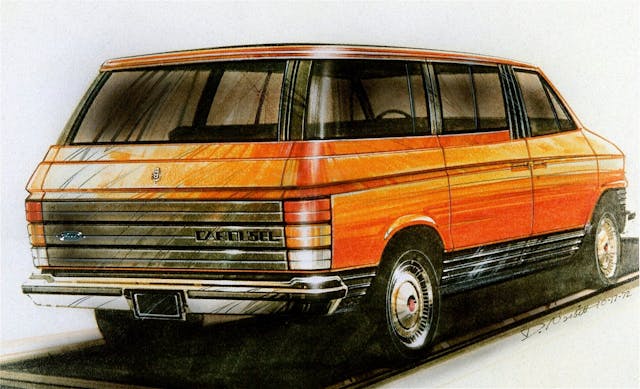
There is little doubt that Iacocca brought the small-van concept with him to Chrysler, where he ended up a short time later, and it lead directly to the development of the Caravan and the Voyager. The desire for a van back at Ford was far from dead, however, and when the second energy shock hit in 1978 Dearborn was forced to consider how it would implement fuel efficiency improvements across its entire future product line. A big part of this included a re-think of its high-capacity vehicle strategy, and in the face of the upcoming Dodge and Plymouth minivans the old Carrousel project provided an important starting point.
Expensive platform, important ideas
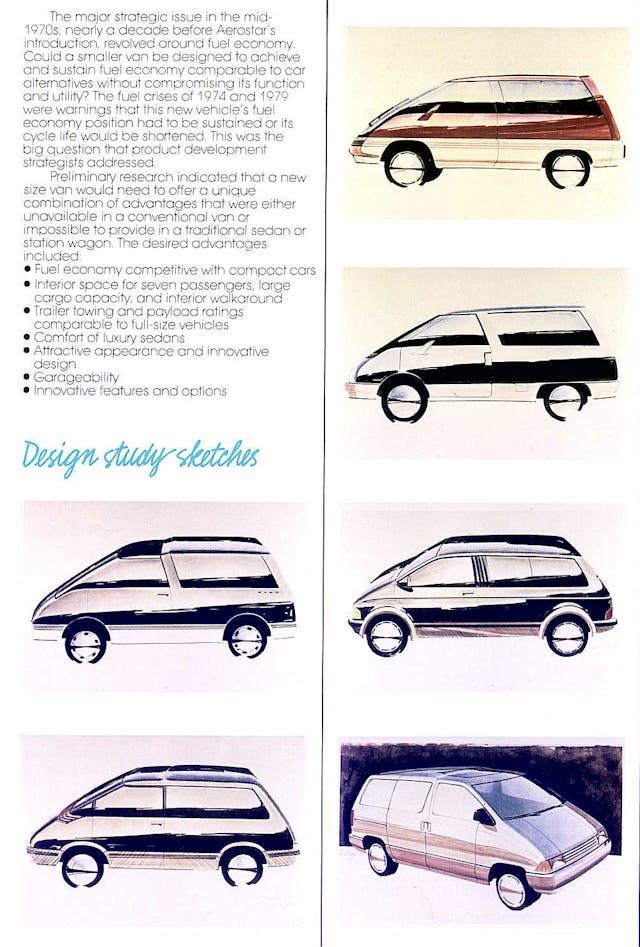
“All-new” is an important phrase to describe what eventually became the Aerostar. Rather than ape Chrysler’s front-wheel-drive, sedan-based approach, Ford was willing to invest more than $300 million early-1980s dollars into developing a unique platform for its minivan, albeit one that made use of many components common with existing products.
Ford pointedly broke with Econoline tradition by giving the Aerostar unibody construction. Still, full frame rails from front to rear strengthened the van to the point where it could match the Ford Ranger pickup’s 5000-pound tow rating. The Ranger ended up contributing its brakes and much of its front suspension design to the minivan, although the Aerostar opted for coil springs at all four corners and a three-link setup for its sold rear axle. In cargo trim, the stretched body offered 170 cubic feet of interior storage (with the front passenger seat removed), while passenger or “wagon” variants delivered 140 cubic feet, a number that remains competitive with today’s vans and SUVs. A 4×8 sheet of plywood could fit through the Aerostar’s rear hatch, and as much as 2000 pounds of cargo could be hauled at a time.

For also tapped the Ranger (and related Bronco II) for the Aerostar’s engine lineup. Although a diesel model was planned, by the time the Aerostar concept had finished its rounds of the auto show circuit in 1985 the decision had been made to stick exclusively with gas powerplants.
Entry-level versions of the 1986 Aerostar offered a 100-hp, 2.3-liter four-cylinder, a motor that could trace its origins all the way back to the Pinto. The Aerostar’s available V-6, which initially displaced 2.8 liters and offered 115 hp, proved far more popular. By the second year of production, it had been replaced entirely by the same 3.0-liter, 145-hp “Vulcan” unit found in the also-new Ford Taurus, and by year three the four-cylinder was gone. A second, 4.0-liter V-6 joined the line-up as a high-trim option for 1990. Transmission choices included a four-speed (and later five-speed) automatic, as well as a five-speed manual gearbox that remained available on base models and cargo editions throughout the minivan’s lifespan.
Unibody construction was one thing, but the Aerostar’s forward-looking, almost futuristic body shape left a lasting impression on the industry. It’s here that the vehicle departed most severely from the original Carrousel concept, the result of a design study called the Aerovan, commissioned from Ghia’s Turin, Italy studios. The Escort-based concept debuted in 1981, three years after Ford resumed churning out its own in-house minivan concepts, and was a little too European and perhaps not large enough to satisfy American needs. Nevertheless, it was well-received by the auto show crowds in the early part of the decade and garnered enough momentum inside Ford to push the shape of the Aerostar in a less stodgy direction.

“To have pulled back and played it safe would have been a mistake,” said David Rees, design executive of International Design Staff and a vice-president at Ghia, said at the time of the Aerostar’s launch. “It would have meant that Ford would have come to market with a vehicle that was indistinguishable from Chrysler or GM products—and why would a potential buyer want just another minivan?”
The Aerostar’s wedge-like, one-box shape was also highly aerodynamic, posting a drag coefficient of 0.37 cD—lower than that of many contemporary sports coupes. The slippery profile also helped Ford deliver better fuel mileage than one would expect for a van, with 30 mpg advertised in highway driving (using the different measurement standards of the day).
Airlifted to success
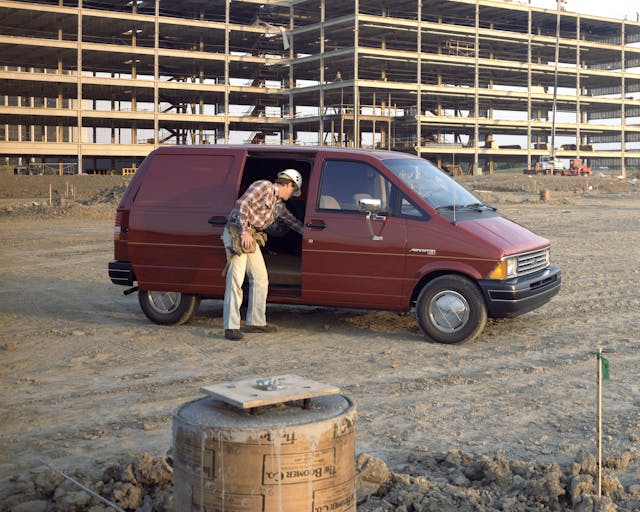
Ford dropped the 1986 Aerostar into America’s lap by way of the “Aerostar Airlift,” a promotional effort in which eight C-130 cargo planes dropped vans into cities across the country. It was an auspicious debut for a vehicle few associated with glamour, but Ford was determined to get the Aerostar in front of as many eyeballs as possible as it fought with Chrysler for family sales.
Reception for the van was positive. Although reviewers complained about the intrusion of the RWD drivetrain components into the passenger compartment (as compared to the Caravan and Voyager’s more open FWD designs) the Aerostar was leagues ahead of the Chevrolet Astro/GMC Safari twins and the awkward Toyota Van in terms of comfort, handling, and practicality. Within two years the Aerostar was selling close to 200,000 units every 12 months, bolstered no doubt by the Bigfoot Shuttle and Boogey Van monster trucks that toured the country crushing cars in its honor.
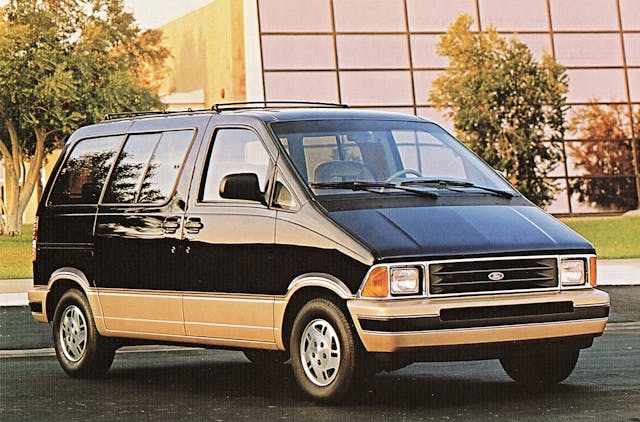
Ford broached more new ground with the Aerostar Eddie Bauer edition in 1988—the first luxury minivan, beating the Chrysler Town & Country to market. All-wheel drive arrived for 1990, a feature adopted in part from the second of Ghia’s minivan concepts for Ford, the HFX Aerostar.
Ford wasn’t blind to the benefits of a front-wheel-drive van, and Chrysler’s success was undeniable. Realizing Aerostar owners were primarily using the van for passenger duty, leaving the heavy hauling to their pickups, the Blue Oval began work on a replacement shortly before the end of the decade. The resulting Windstar (later renamed the Freestar during Ford’s F-obsessed nomenclature binge) shared its platform with the Taurus sedan, but the Aerostar was still so popular that Ford kept it on sale long past its heir apparent’s debut for the 1995 model year. After the 1997 model year, the dual-minivan approach had run its course and the Aerostar was retired.
Crossing over
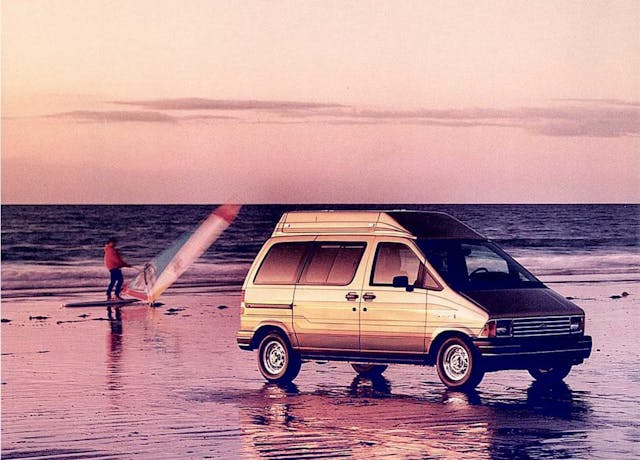
By the mid-’90s, minivans across the industry would transition to front-drive platforms. But the legacy of the Aerostar is evident less in its Windstar successor and more in vehicles like the Ford Explorer and the Jeep Grand Cherokee. Like the Aerostar, the Explorer was a people mover that borrowed much of its mojo from the Ranger pickup, while the Grand Cherokee expanded on the idea that a large, unibody people mover could hold its weight against full-frame competitors.
And then there’s the matter of four-wheel drive. Not intended for true off-road use in the way the 4×4 Bronco and later Explorer systems were, the Aerostar’s E-4WD was designed for improved on-road traction in poor weather. It employed a transfer case and center differential operated by an electronically controlled electro-magneto clutch, and the system was always active so that drivers wouldn’t need to switch it on.
If a spacious, unibody, on-road family vehicle with active four-wheel drive sounds familiar, it’s because those elements define nearly every mainstream crossover on the market today. Front-wheel drive was clearly the way forward, but the rear-drive Aerostar was an important evolutionary phase that helped close the gap between full-size vans and SUVs.
Still, despite its significance to both Ford and the auto industry in general, the Aerostar has not gained favor as a collector vehicle. With over 2 million examples built, there’s nothing uncommon about it unless you happen to live in the Rust Belt where so few survived. Lacking the mid-engine oddity of Toyota’s Previa, or the turbocharged allure of the Caravan, the #vanlife craze—which goes way beyond camper vans—has overlooked Ford’s family people mover. Hopefully van fans will come around, and the Aerostar won’t further fade into an obscurity that masks how it shaped the current driving choices of American families.

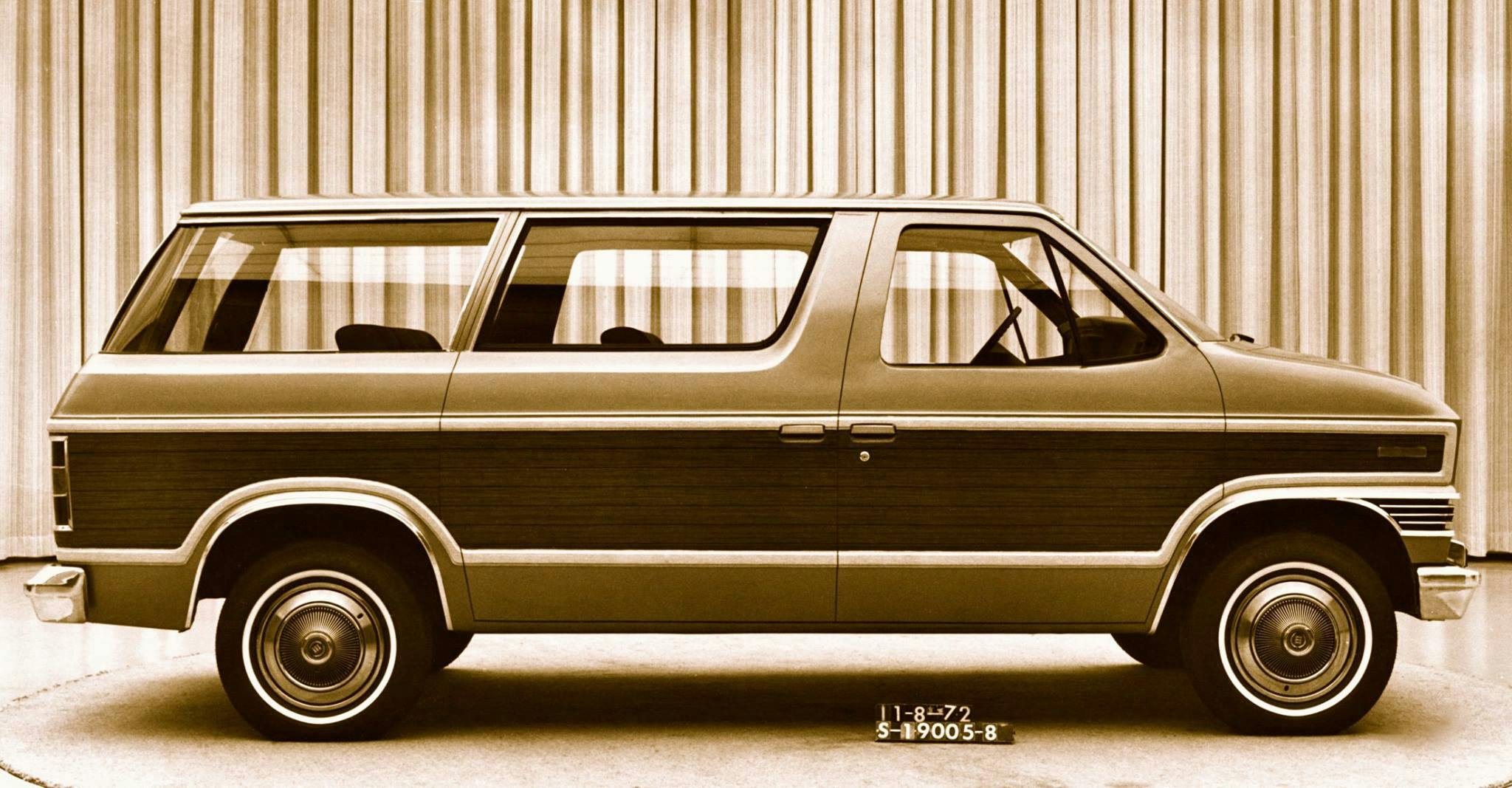
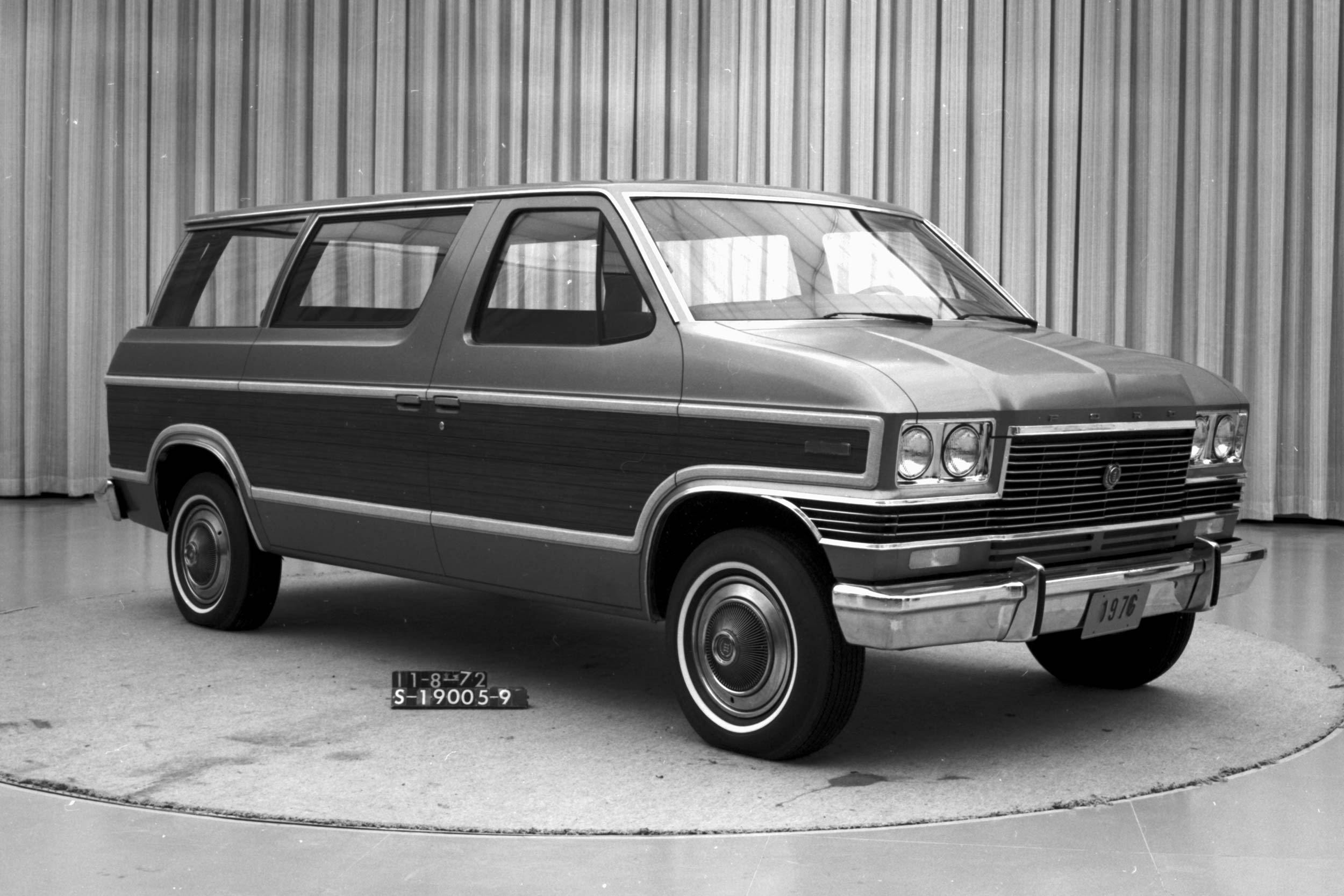

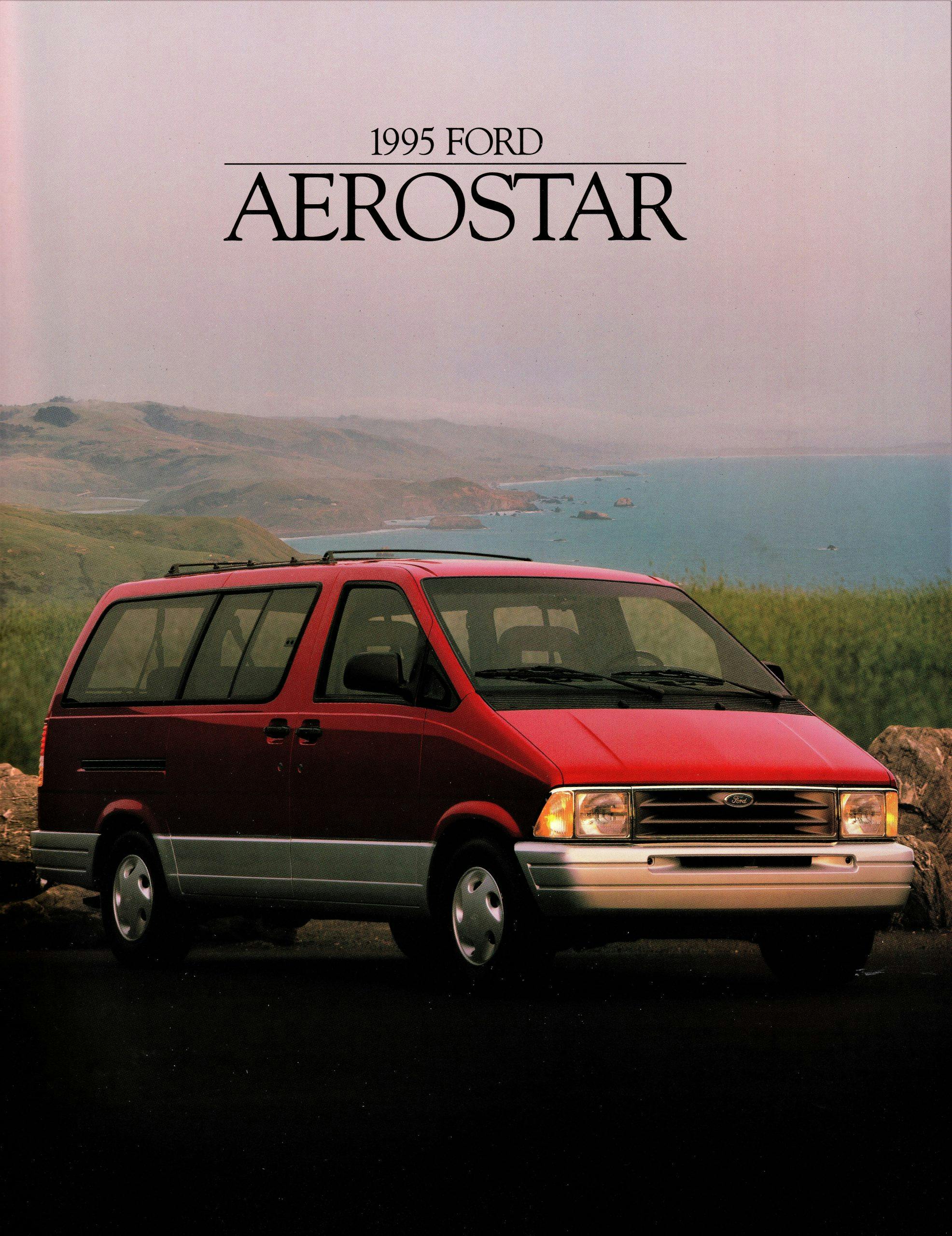
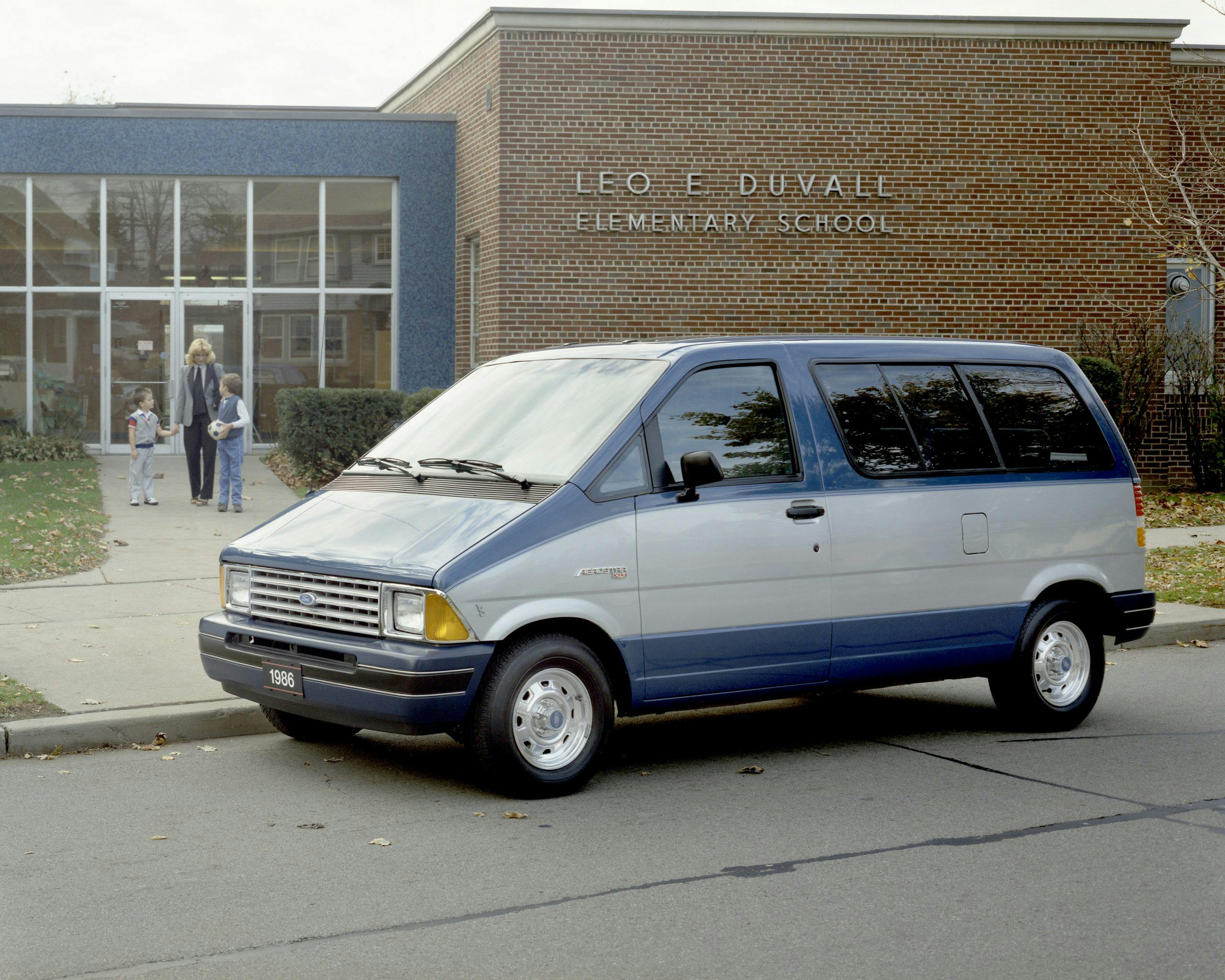
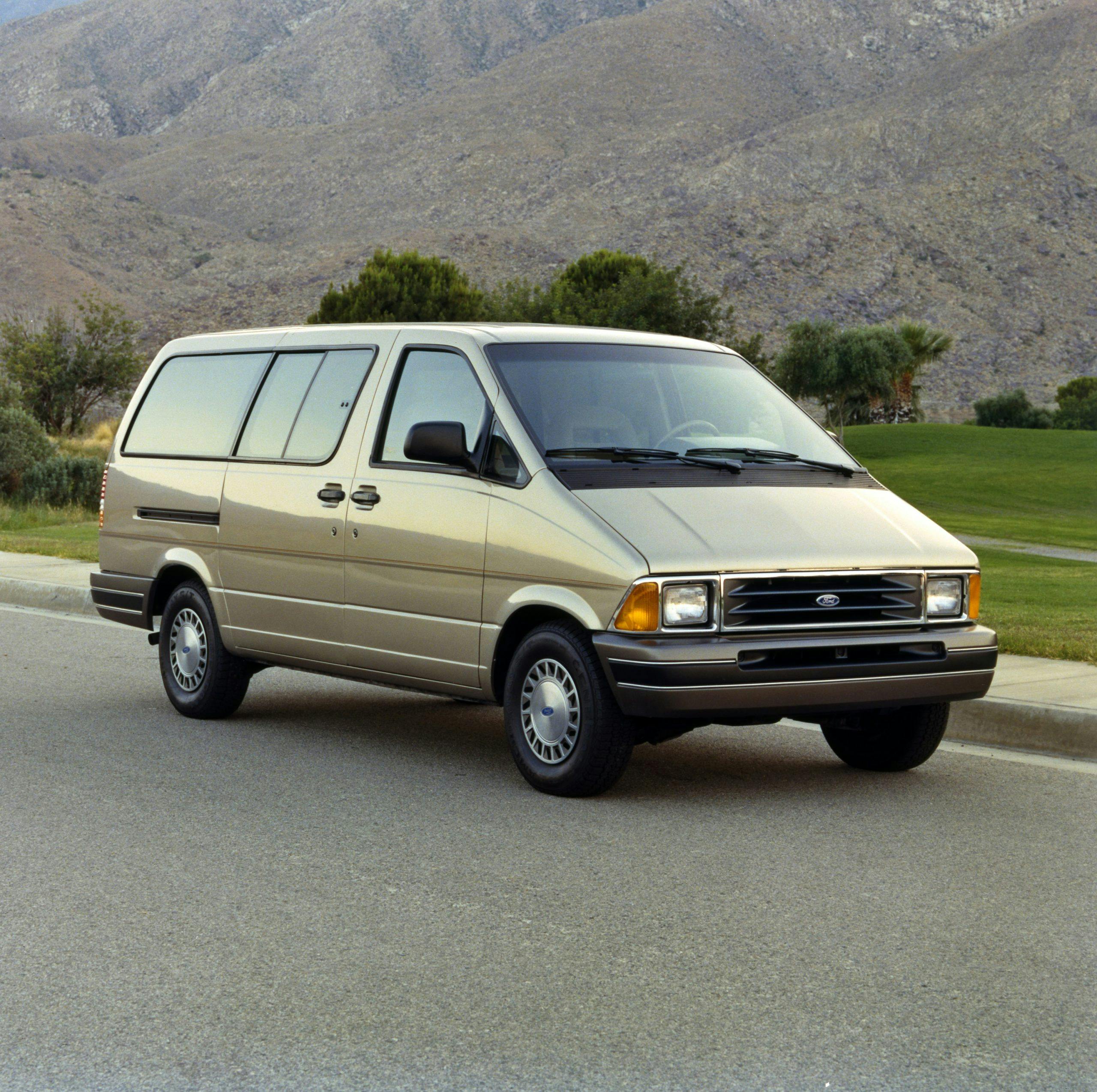
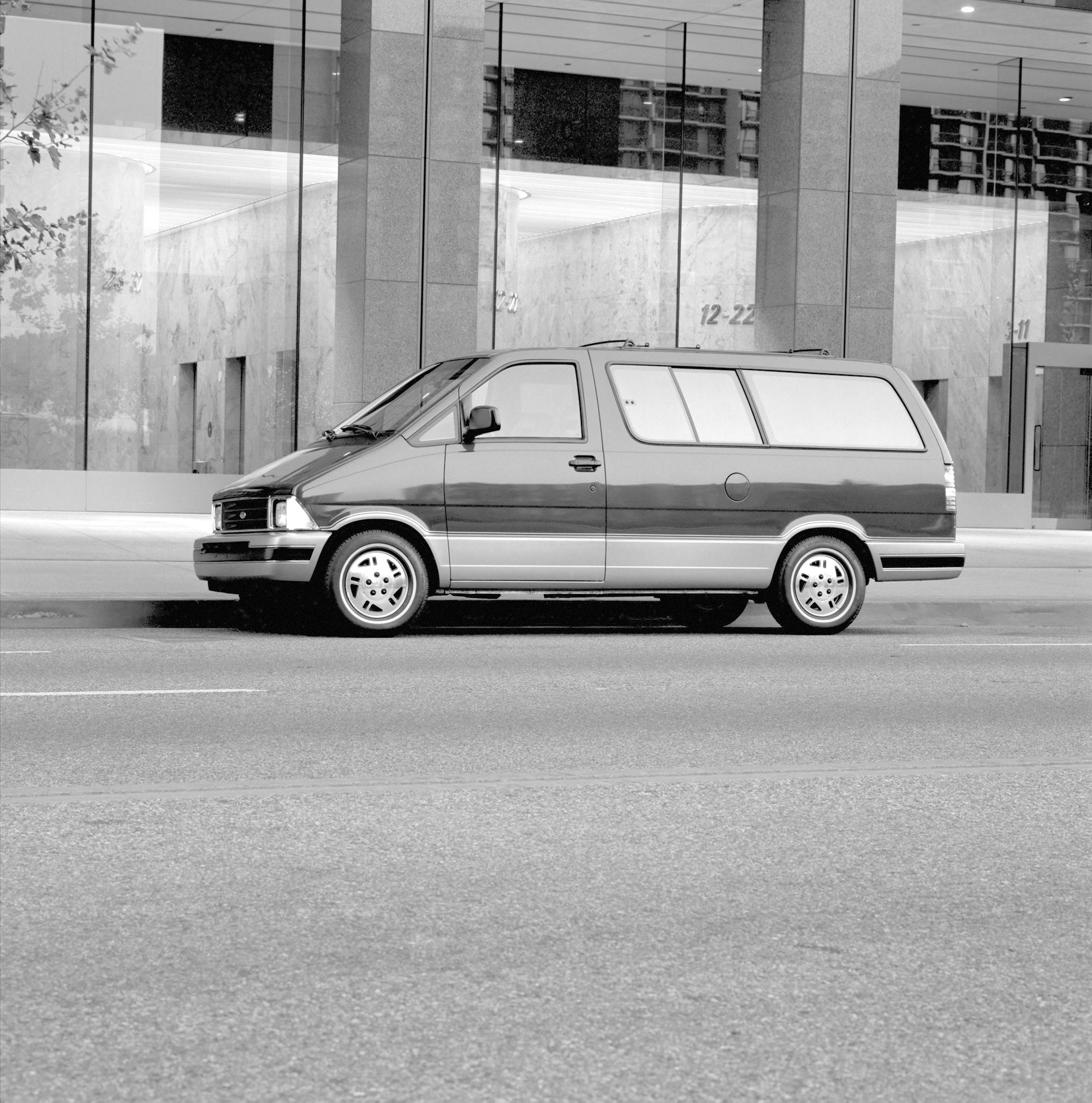
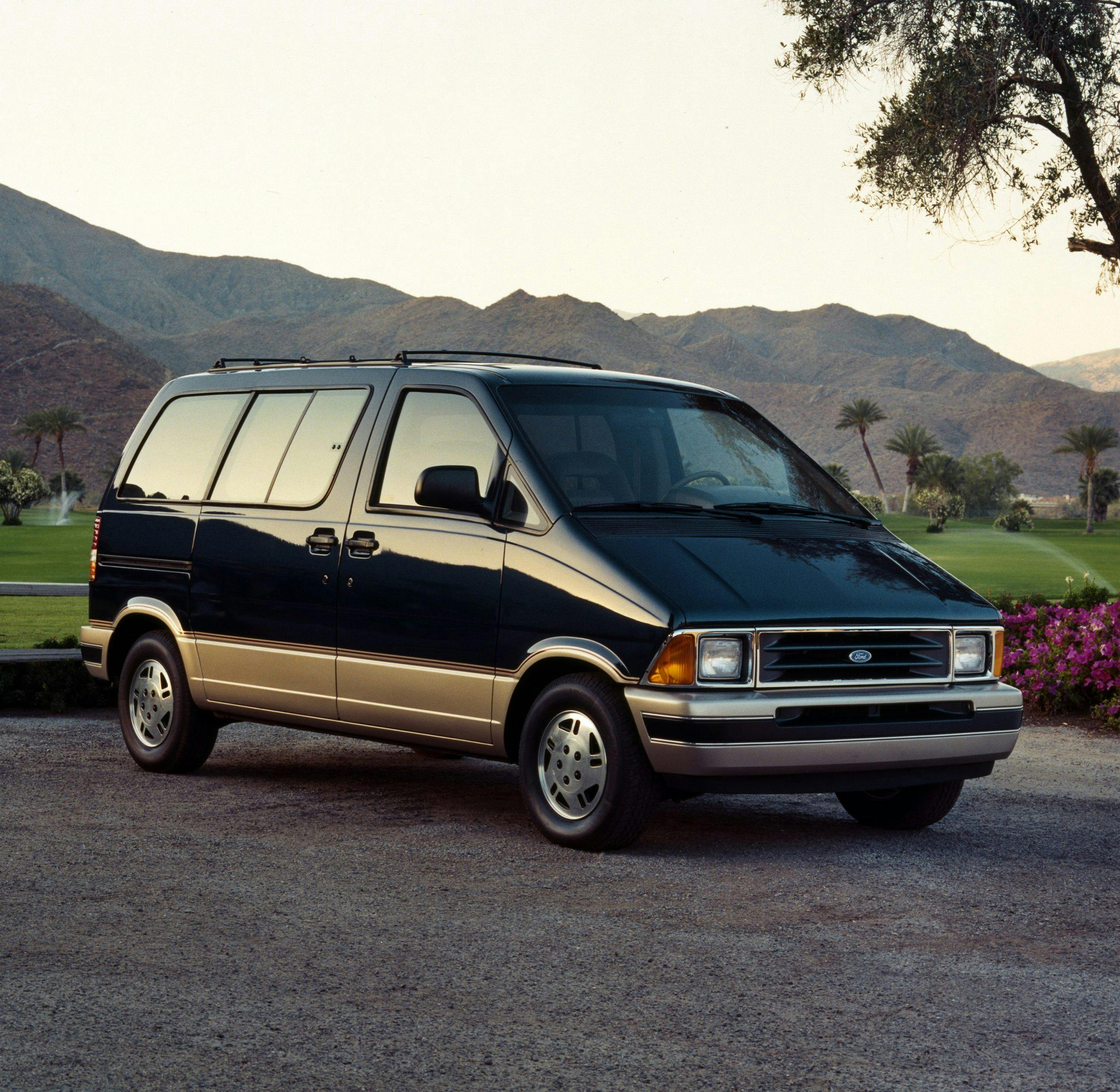
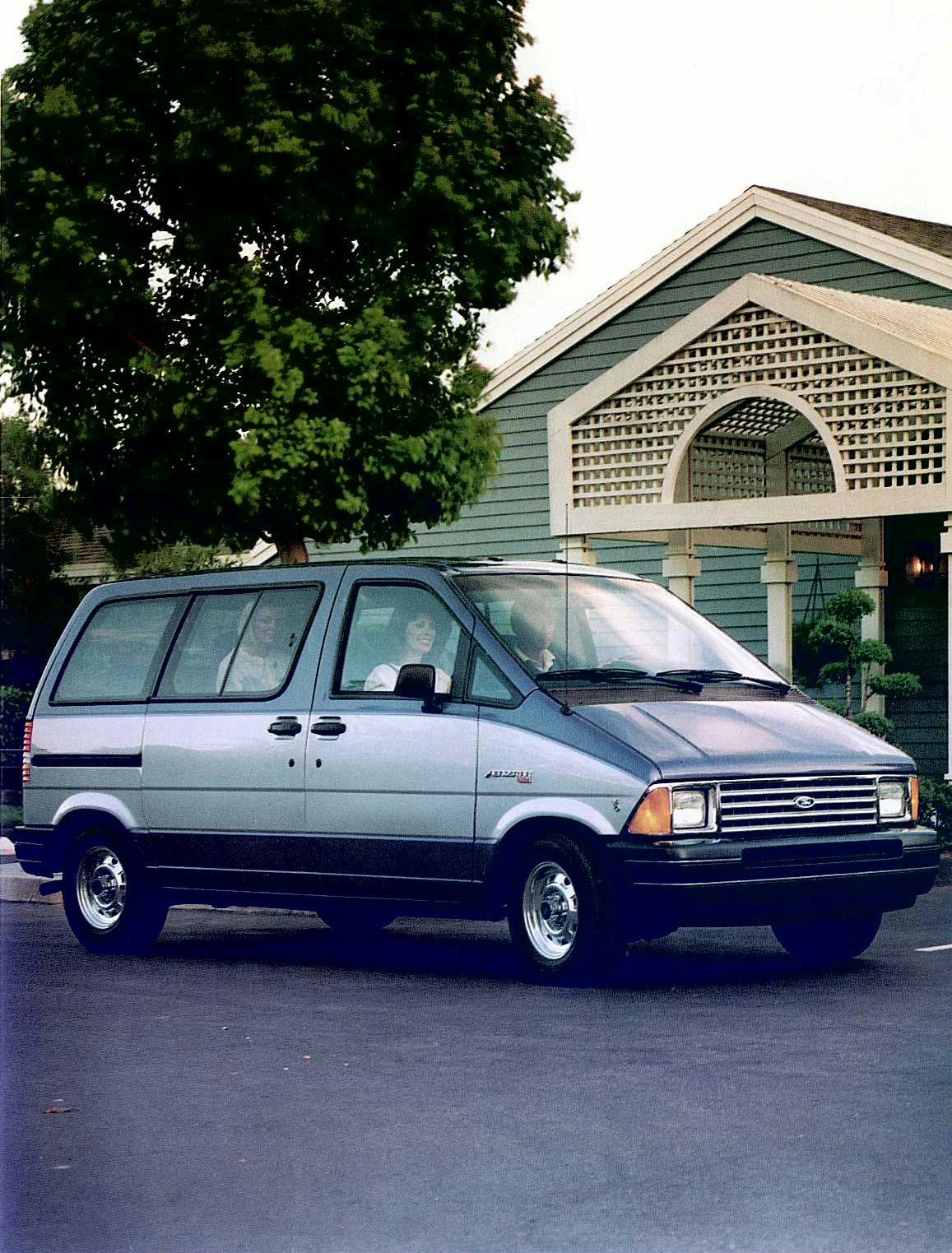
















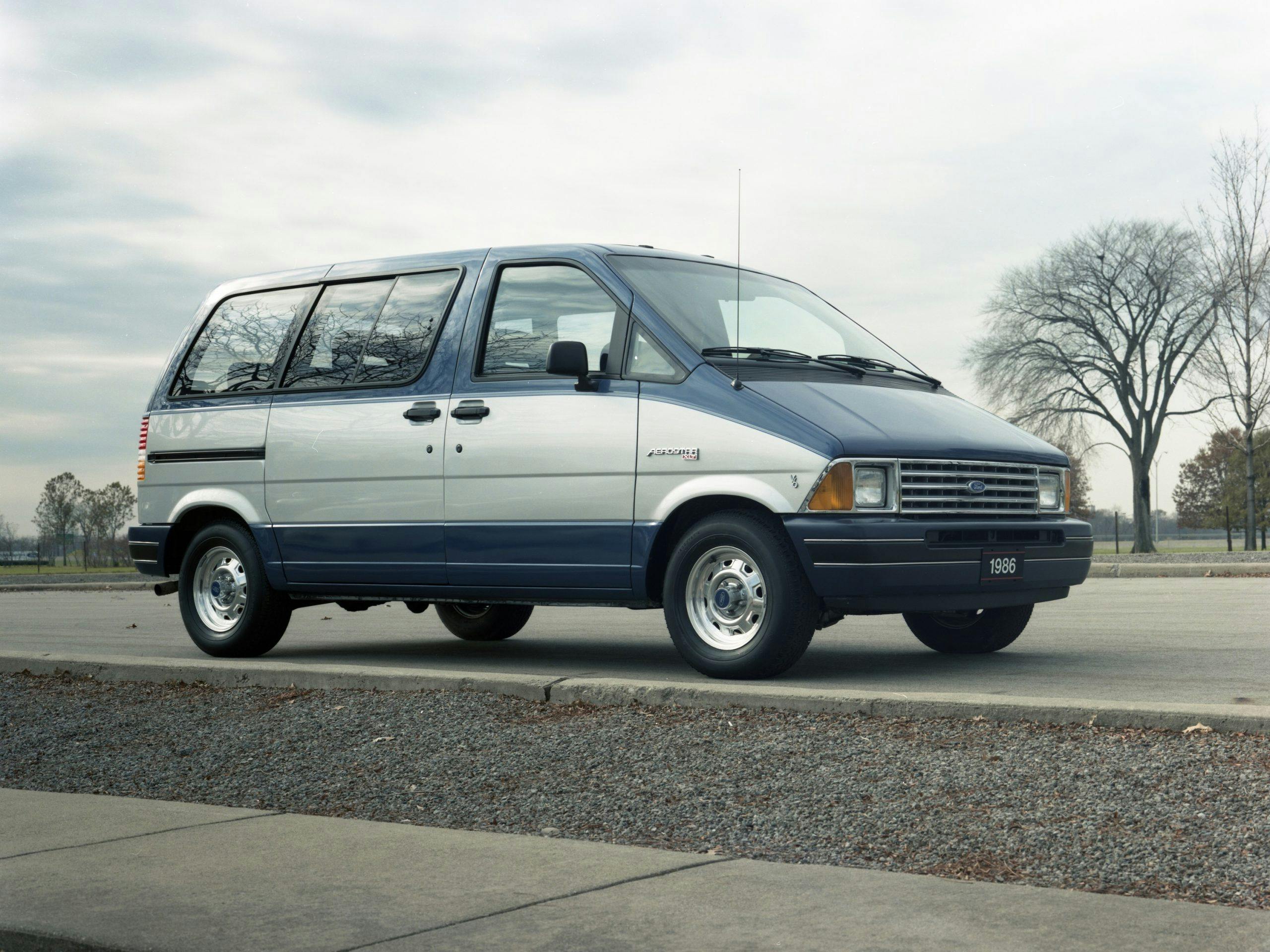
Quiero canviar de 6 a 4 cilindros es posible